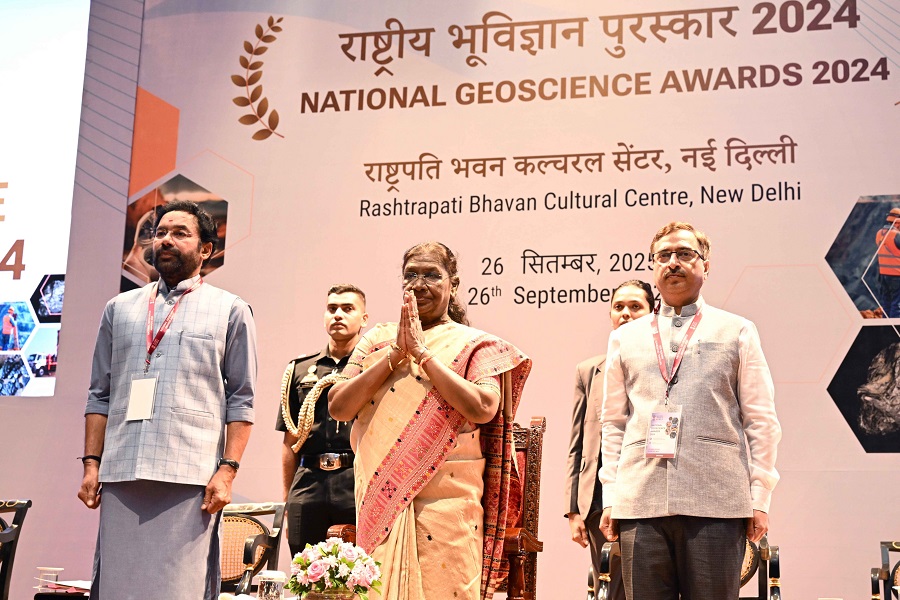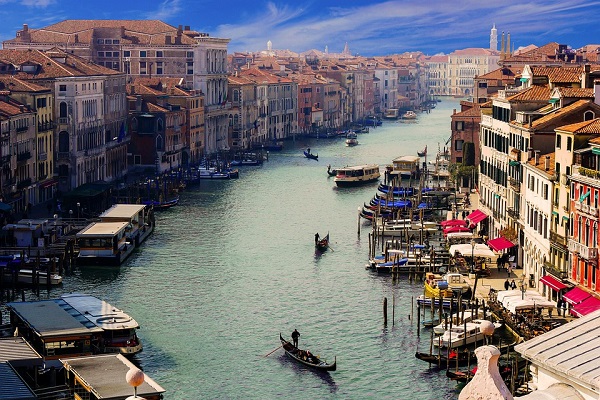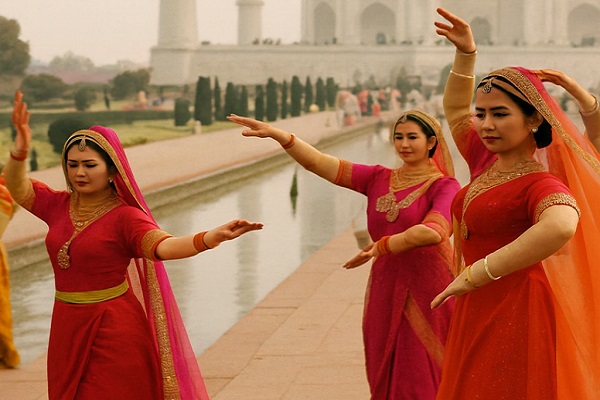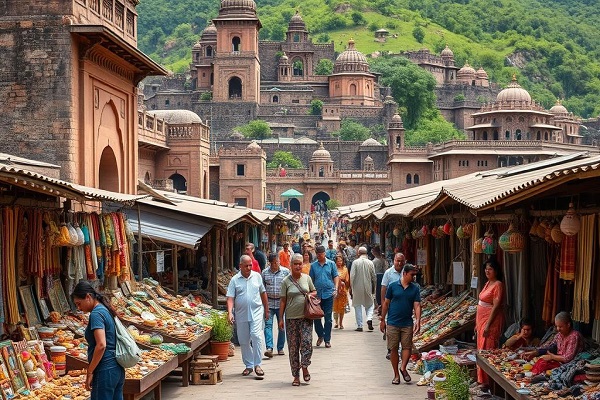Title: Discovering Heritage: The Transformative Rise of Cultural Tourism

Introduction
In an increasingly globalized world, travel is no longer just about ticking off landmarks or lounging on beaches—cultural tourism is redefining how people explore the planet. Travelers today seek deeper connections with the places they visit, driven by a thirst to understand diverse traditions, art, architecture, food, languages, and the way of life of different communities.
Cultural tourism is not only enriching travelers but also revitalizing local economies, preserving heritage, and fostering cross-cultural understanding.
What is Cultural Tourism?
Cultural tourism refers to travel that is motivated by the desire to experience and learn about the culture of a place—be it through its history, heritage sites, local traditions, festivals, art, music, dance, cuisine, or indigenous customs.
It includes:
Visits to historical landmarks, museums, and temples
Participation in local festivals and rituals
Learning traditional crafts or cooking local food
Attending folk performances and art exhibitions
Exploring architecture, languages, and literature
Why is Cultural Tourism Growing?
Search for Authenticity
Modern tourists are moving beyond generic travel. They want real, raw, and meaningful experiences rooted in local life.
Heritage Preservation Awareness
With rising awareness about the importance of cultural preservation, travelers are seeking to support destinations that maintain their heritage.
Experiential Travel Trend
Platforms like Airbnb Experiences and local tourism boards now offer immersive experiences, like sari weaving in Varanasi or flamenco classes in Seville.
Educational Value
Cultural tourism is popular among students, educators, and history buffs who want learning beyond textbooks.
Spiritual & Wellness Interest
Many travelers are drawn to spiritual and cultural centers—like Varanasi, Kyoto, or Machu Picchu—for reflection and growth.
Top Cultural Tourism Destinations
India: Jaipur, Varanasi, Hampi, Khajuraho, Kochi
Italy: Rome, Florence, Venice
Japan: Kyoto, Nara, Hiroshima
Peru: Cusco, Lima, Sacred Valley
Egypt: Cairo, Luxor, Aswan
Morocco: Marrakech, Fes
Each destination offers a rich tapestry of traditions, monuments, and local lifestyle that fascinate cultural tourists.
Types of Cultural Tourism
Heritage Tourism: Visiting historical sites and monuments (e.g., forts, palaces, ruins)
Gastronomic Tourism: Exploring regional cuisines and culinary traditions
Festive Tourism: Participating in local festivals like Holi (India), Carnival (Brazil), or Day of the Dead (Mexico)
Ethnic & Indigenous Tourism: Learning about tribal communities and their way of life
Religious & Spiritual Tourism: Visiting sacred sites and engaging in spiritual practices
Impact of Cultural Tourism
Positive Impacts:
Boosts local employment and artisan communities
Helps preserve historical sites and traditional arts
Promotes intercultural respect and peace
Encourages community-based tourism
Challenges:
Risk of over-tourism and commercialization
Dilution or misrepresentation of cultural practices
Strain on local resources and ecosystems
Tourism boards and NGOs are now working on sustainable cultural tourism, ensuring tourism helps protect, not exploit, local heritage.
















.jpg)







